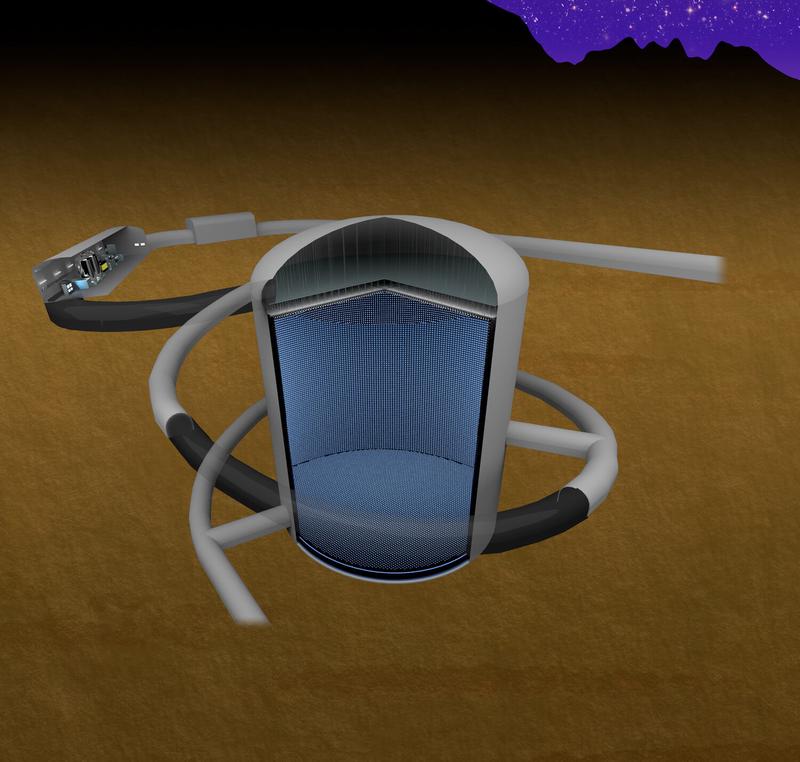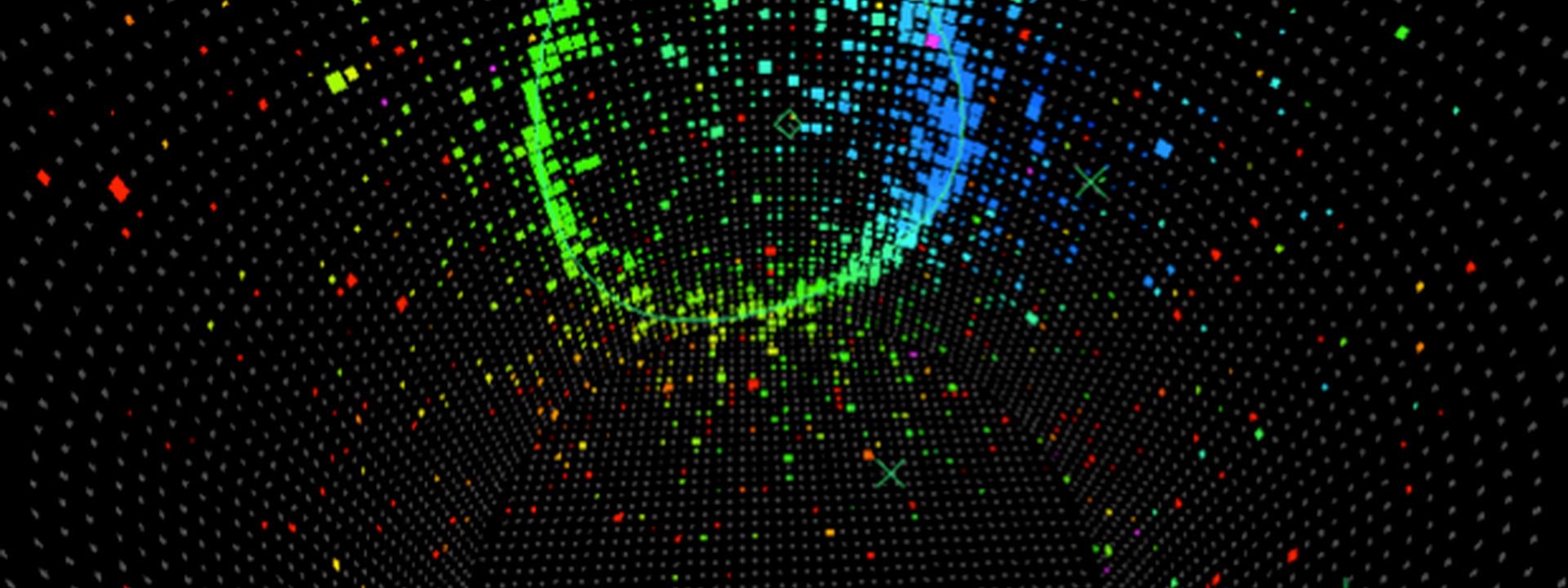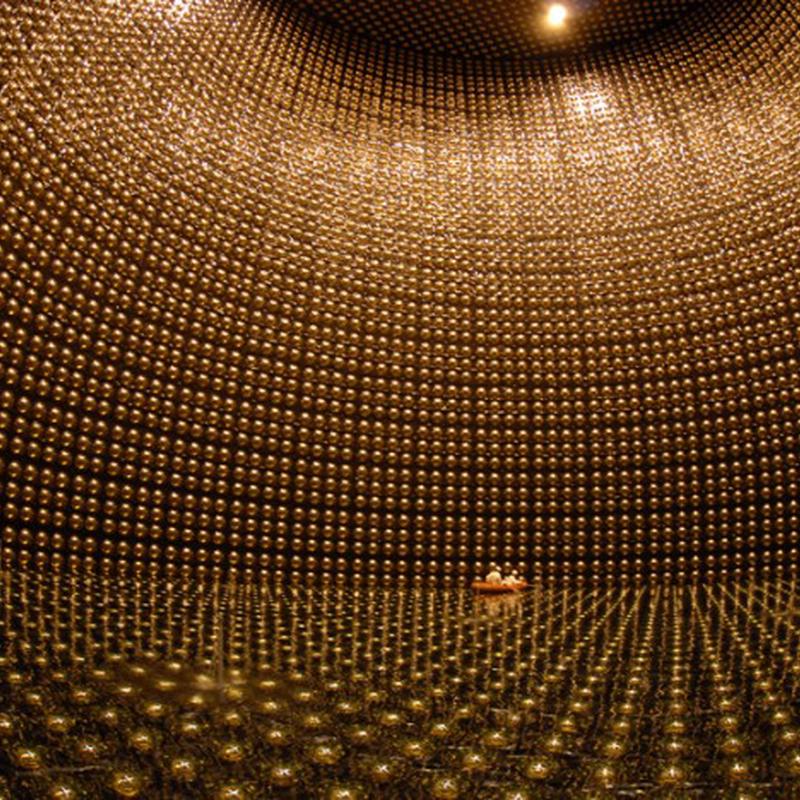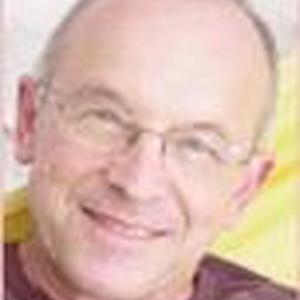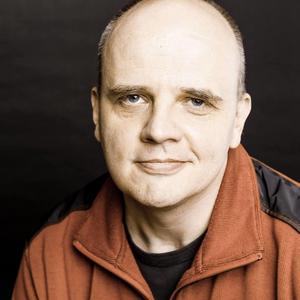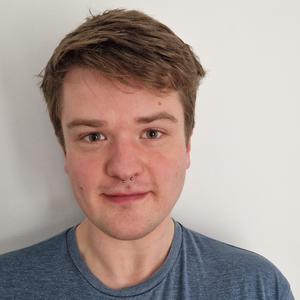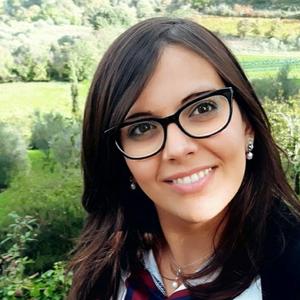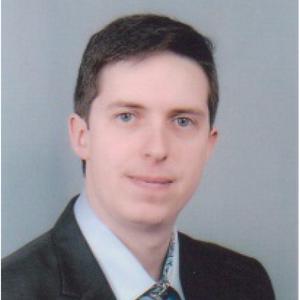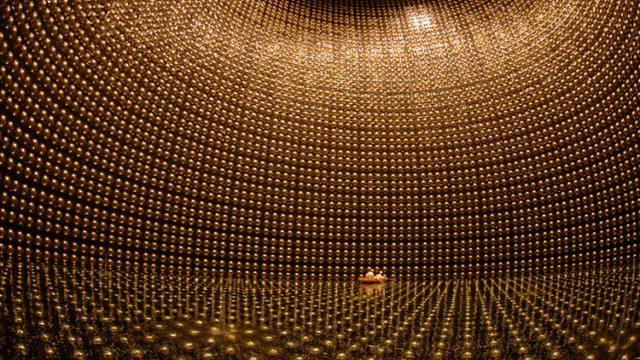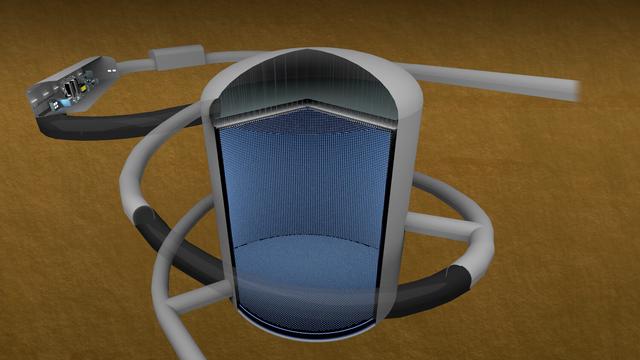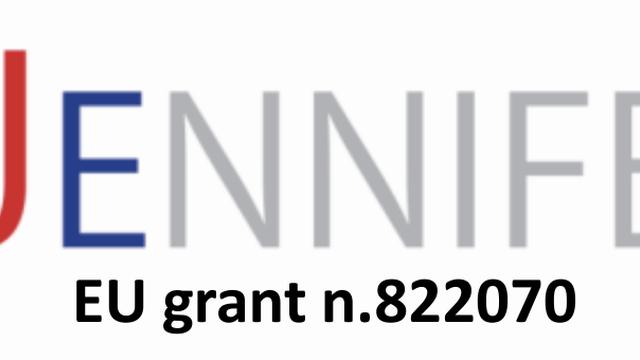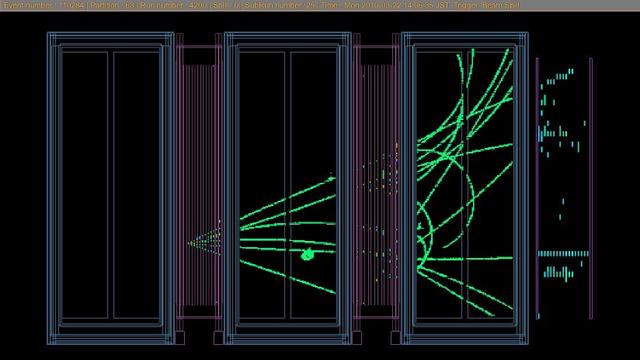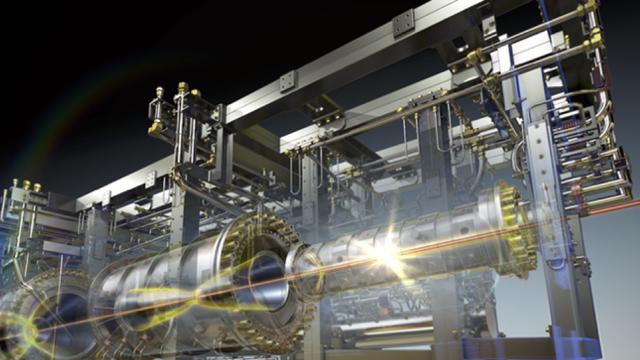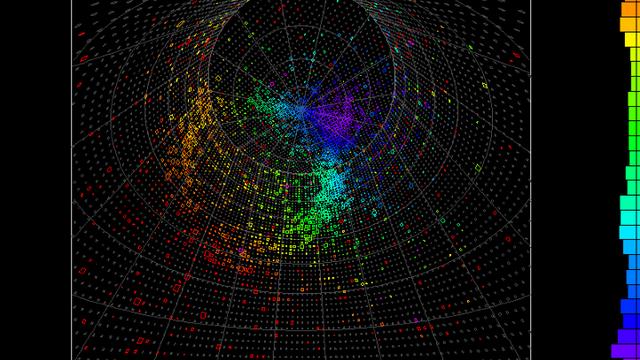The neutrino physics group at IFAE studies the neutrino sector of the Standard Model, with the ultimate goal to understand the fundamental phenomena that have produced the observed asymmetry between matter and antimatter in the universe.
The group is led by T. Lux
The T2K experiment in Japan
The group had a leading role in the construction of the near detector TPC for the T2K experiment in Japan. T2K data have provided the most precise measurement of antineutrino oscillation parameters and the first indication of CP violation in neutrino oscillations, recently published in Nature.
IFAE contributed to the analysis of the near detector in several aspects: from electron neutrino background determination to the development of the basic data selection of muon neutrino interactions. For many years, IFAE has had a member in the Executive Committee of the collaboration. As a result of these contributions to T2K, nine current and past members of the IFAE neutrino group were awarded the 2016 Breakthrough Prize on Fundamental Physics, together with other groups that have shaped the understanding of neutrino oscillations during the last decades. A significant improvement in CP measurements will be achieved in the T2K-II phase which currently is under construction and will be completed in 2023. Besides an upgrade of the accelerator also the near detector, ND280, of the T2K experiment is undergoing a major upgrade for which three new subdetectors were designed and are currently being built and installed. The IFAE group has important management functions in the ND280 upgrade project which is also a CERN experiment (NP07). T. Lux is among others, co-spokesperson of NP07/ co-leader of the ND280 upgrade project.
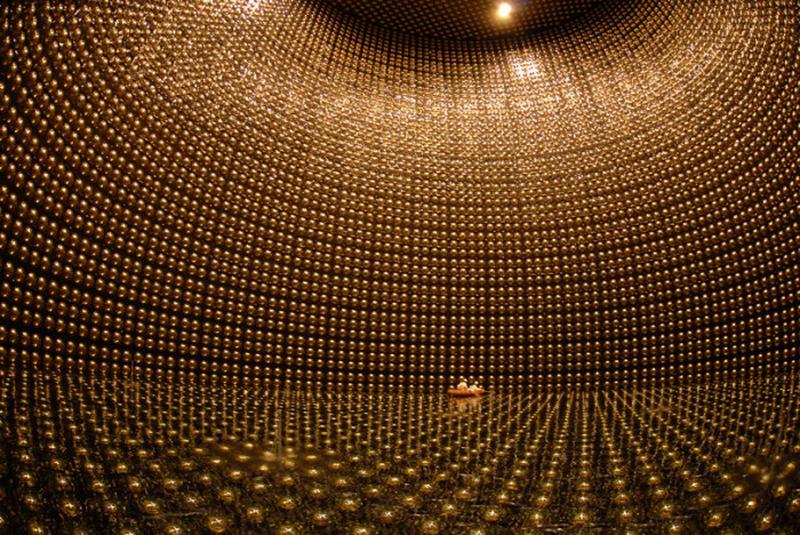
Hyper-Kamiokande
Hyper-Kamiokande (HyperK) is the next generation of long-baseline neutrino oscillation experiment which will be the successor of the T2K experiment. The IFAE Neutrino group joined HyperK in September 2021. Currently, a new Water Cherenkov detector for HyperK is under construction with a mass of roughly 9 times the one used for the T2K experiment. The previously mentioned upgraded ND280 detector will serve as the near detector of HyperK. An additional detector, the Intermediate Water Cherenkov Detector (IWCD) serving as a near detector complementary to ND280 is being under study.
The Spanish Neutrino community has important commitments to HyperK as defined in the Memorandum of Understanding (MOU) which was signed in September 2022 between the Ministry of Science and Innovation and the University of Tokyo/KEK. As defined in the MOU, the IFAE group has significant commitments related to the transfer and operation of ND280 for HyperK as also as the development of new event reconstruction algorithms for the Water Cherenkov detectors.
